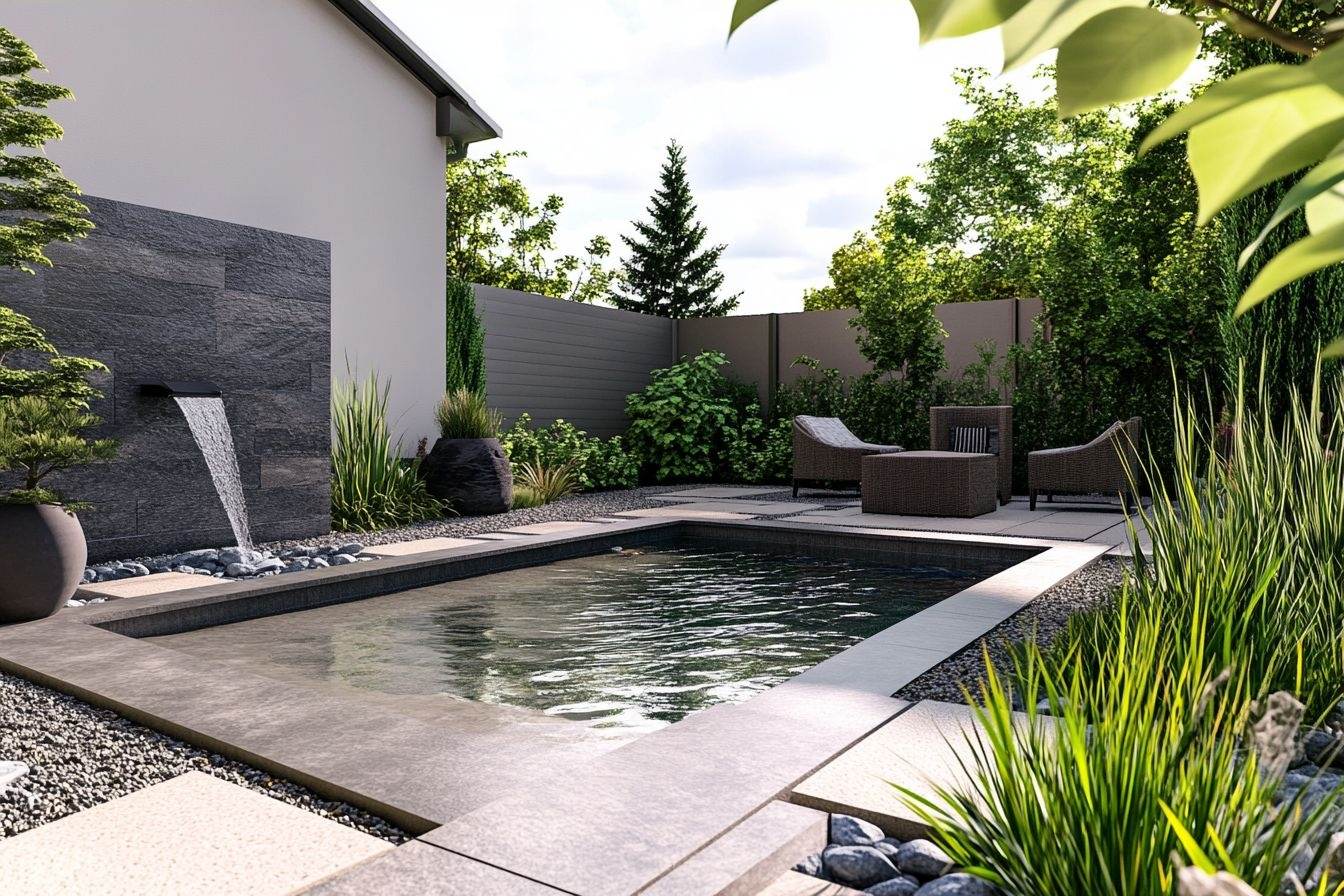Acoustic Gardens: Harmonizing Soundscapes in Outdoor Spaces
Welcome to the world of acoustic gardens, where the art of landscaping meets the science of sound. Imagine stepping into your backyard and being greeted not just by visual beauty, but by a carefully crafted symphony of nature. This innovative approach to garden design is revolutionizing how we experience outdoor spaces, blending aesthetics with auditory bliss. Let's explore how homeowners are turning their gardens into immersive soundscapes that soothe the soul and delight the senses.

Acoustic gardens trace their roots to ancient Chinese and Japanese garden traditions, where the gentle trickling of water and the rustle of leaves were considered essential components of a harmonious outdoor space. In recent years, this wisdom has been rediscovered and amplified by modern technology and design principles, giving birth to a new wave of sound-conscious landscaping.
Principles of Acoustic Garden Design
Creating an acoustic garden involves more than simply adding a few wind chimes or a water feature. It requires a holistic approach that considers the interplay between various sound sources, the physical layout of the space, and the desired emotional impact. Key principles include:
-
Sound Zoning: Dividing the garden into areas with distinct sonic characteristics, from quiet meditation spots to lively social zones.
-
Natural Sound Enhancement: Strategically placing plants, structures, and water features to amplify or dampen specific sounds.
-
Technological Integration: Incorporating hidden speakers or sound-emitting devices to supplement natural sounds where needed.
-
Acoustic Barriers: Using vegetation, walls, or screens to block unwanted noise from neighboring areas or streets.
-
Seasonal Considerations: Planning for changing soundscapes throughout the year, from summer insect choruses to winter wind whispers.
Elements of an Acoustic Garden
A well-designed acoustic garden combines various elements to create a rich, layered soundscape. Some popular components include:
-
Water Features: From babbling brooks to cascading waterfalls, water adds a soothing auditory backdrop.
-
Wind-Activated Elements: Bamboo groves, wind chimes, and kinetic sculptures produce gentle, ever-changing melodies.
-
Wildlife Attractors: Plants and features that draw birds, bees, and other sound-producing creatures.
-
Textured Pathways: Different ground materials create varying sounds underfoot, adding an interactive element to the garden experience.
-
Resonant Structures: Pergolas, hollow sculptures, or specially designed acoustic features that interact with wind and amplify certain frequencies.
The Science Behind Sound Gardens
The effectiveness of acoustic gardens isn’t just anecdotal; it’s backed by scientific research. Studies have shown that exposure to natural sounds can lower stress levels, improve cognitive function, and enhance overall well-being. The field of psychoacoustics, which explores the psychological and physiological effects of sound, provides valuable insights for acoustic garden designers.
Research has identified specific sound frequencies and patterns that are particularly beneficial for relaxation and mental clarity. For instance, the sound of flowing water has been found to activate the parasympathetic nervous system, promoting a state of calm. Meanwhile, the varied frequencies of bird songs can improve attention and mood.
Implementing Acoustic Design in Your Garden
Creating your own acoustic garden doesn’t necessarily require a complete overhaul of your outdoor space. Start by conducting a sound audit of your garden, identifying both pleasant and unwanted sounds. From there, you can begin to make strategic additions and modifications:
-
Introduce a small water feature, such as a tabletop fountain or a gentle stream.
-
Plant trees and shrubs known for their sound-producing qualities, like quaking aspens or rustling ornamental grasses.
-
Experiment with wind chimes or hanging elements that create gentle sounds in the breeze.
-
Create quiet zones using dense vegetation or structures to block out urban noise.
-
Consider incorporating subtle, hidden speakers to supplement natural sounds where needed.
The Future of Acoustic Landscaping
As awareness of acoustic gardens grows, we’re seeing exciting developments in this field. Landscape architects are collaborating with sound designers and acousticians to create increasingly sophisticated outdoor soundscapes. New technologies, such as directional sound speakers and smart garden systems that adjust sound elements based on time of day or weather conditions, are pushing the boundaries of what’s possible.
Moreover, the principles of acoustic garden design are being applied beyond private residences. Public parks, healing gardens in hospitals, and even urban planning initiatives are starting to incorporate sound-conscious design, recognizing its potential to improve quality of life in various settings.
Embracing the Harmony of Nature
Acoustic gardens represent a harmonious blend of art, science, and nature. They remind us that our outdoor spaces can engage all of our senses, creating rich, multidimensional experiences that nourish the soul. As we continue to seek balance and tranquility in our increasingly hectic lives, the gentle melodies of an acoustic garden offer a welcome respite—a chance to tune in to the natural world and find peace in its symphony.
Whether you’re a seasoned gardener looking to add a new dimension to your outdoor space or a nature enthusiast eager to create a more immersive backyard experience, consider exploring the world of acoustic gardens. By thoughtfully orchestrating the sounds of your outdoor environment, you can transform your garden into a living, breathing instrument—one that plays a unique composition for every visitor, changing with the seasons and inviting deeper connection with the natural world.





